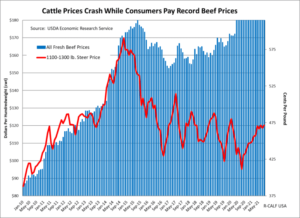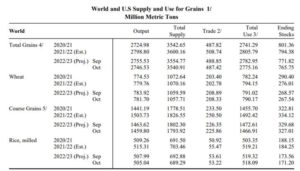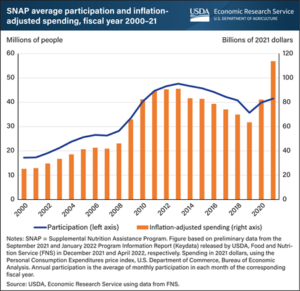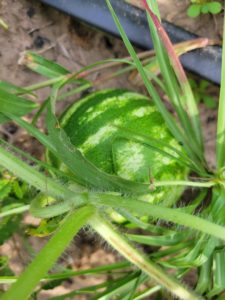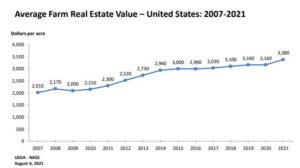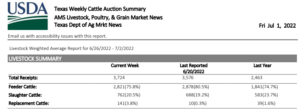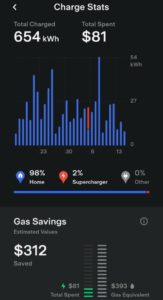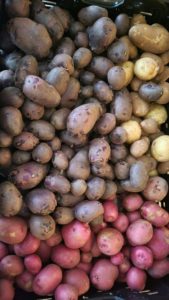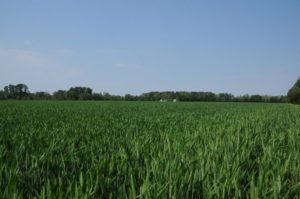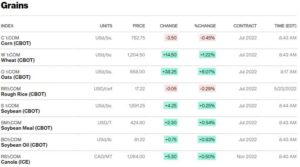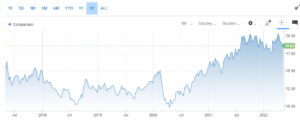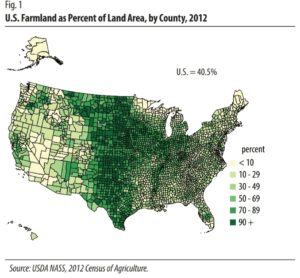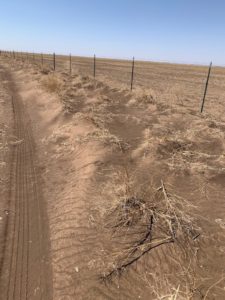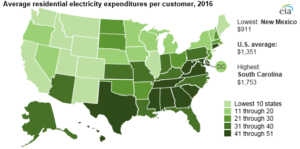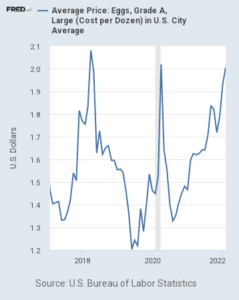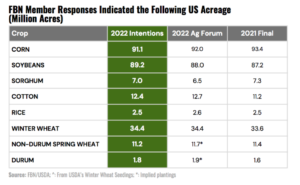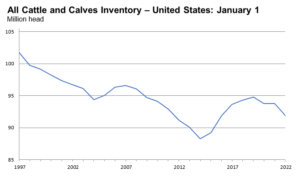I think I missed this one by Michael Smith. I did not delete it out of my In-Box/ Even so it is interesting . . .
Death to Farm Credit from Those on High, Farmer and Economist, Mike Smith
I’m in between fall crop planting and have to focus so I am going to run this like the rancher on the clock.
Farm Credit System History
In 1916 when the Farm Credit System was established there were 6 million farms that employed around 30% of the US population. They each averaged 140 acres or so of land, had minimal automation investment, were manually laborious, and only included an adjustment for inflation amount of equipment investment of $6,000 per farm. This was usually collection materials like baskets, and maybe a truck, ox, cart, plow, etc.
Read More »

